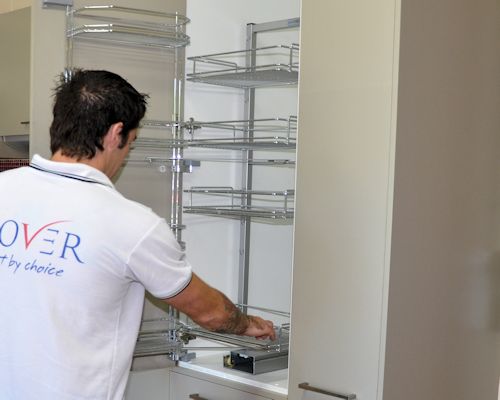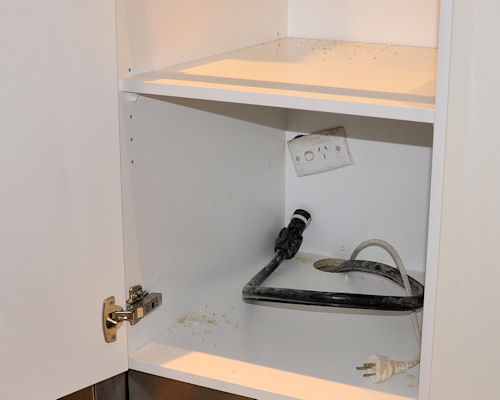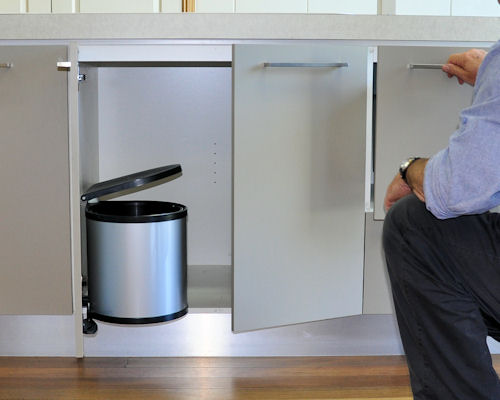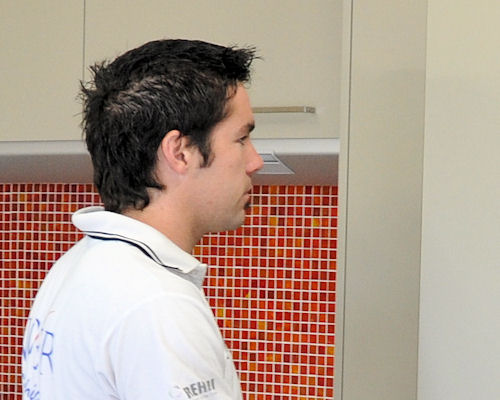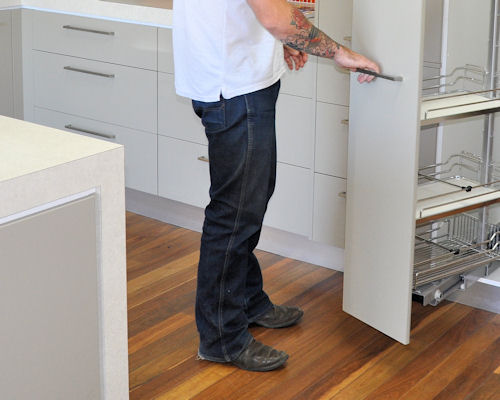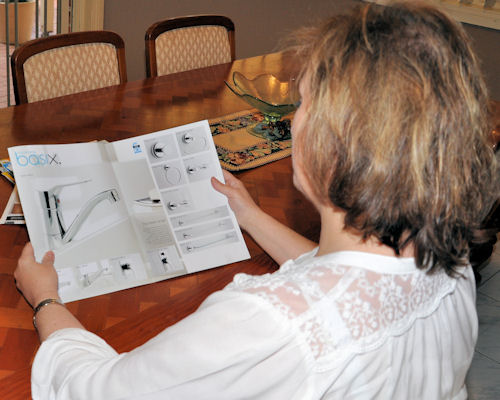Finishing and handing over
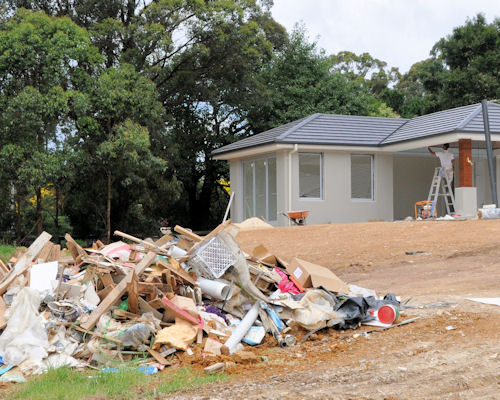 Audio for slide 1 (mp3 |6|KB)
Audio for slide 1 (mp3 |6|KB)
Below are the three main elements involved in finishing an on-site installation.
Site Clean Up
During installation, kitchens and bathrooms are basically building zones. The various trades generate all sorts of dust and waste products while they're working, which should be kept under control so that it doesn't to build up.

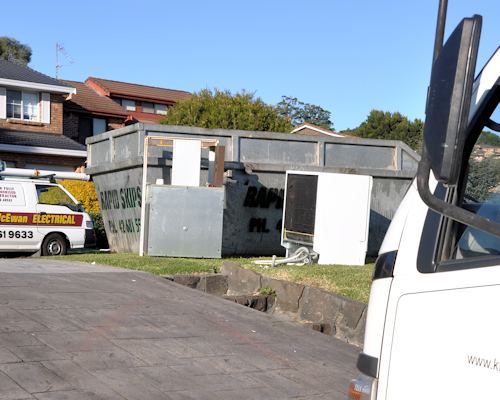 Audio for slide 2 (mp3 |6|KB)
Audio for slide 2 (mp3 |6|KB)
Put hard waste, such as off-cuts and cardboard packaging, into a skip bin or other container that can easily be removed from the site.
Sweep up the bulk of the dust and put it into the bin too.
Then vacuum up any remaining dust with a vacuum cleaner.

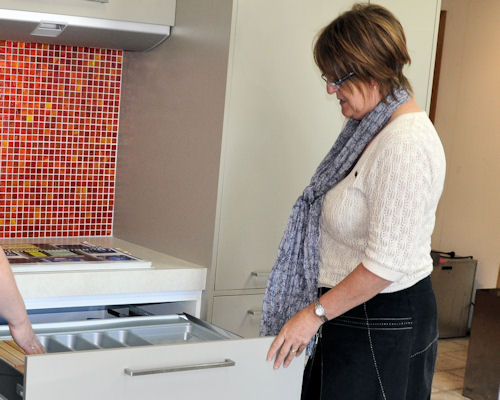 Audio for slide 8 (mp3 |6|KB)
Audio for slide 8 (mp3 |6|KB)
Hand over
Now comes the part that everyone's been waiting for - the hand over. The client is the person who pays the bill, and they're also your best form of advertising for future work, so it's important that you present yourself and the finished installation as professionally as possible.
Take the time to show your client how the different features work, and how to make any adjustments that may be necessary.

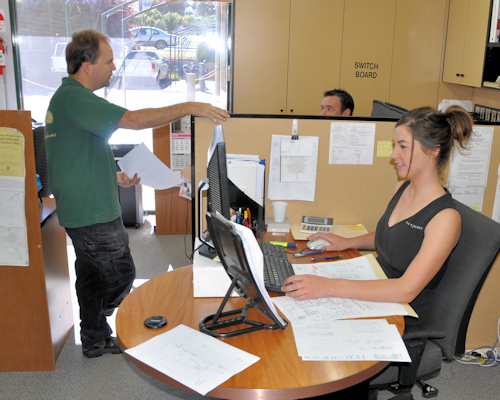 Audio for slide 10 (mp3 |6|KB)
Audio for slide 10 (mp3 |6|KB)
Also provide feedback to the workshop supervisor about how the installation went, and whether there were any problems with the prefabricated units or other items supplied by the company.

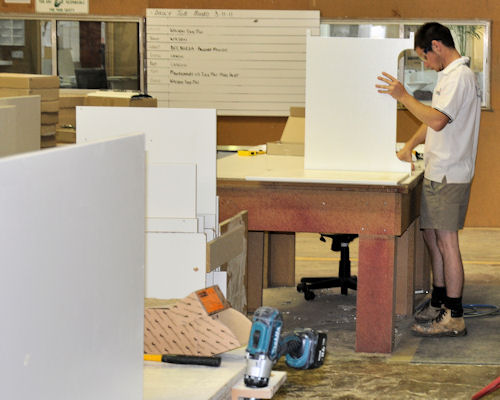 Audio for slide 11 (mp3 |6|KB)
Audio for slide 11 (mp3 |6|KB)
When the workers back at the workshop are doing a good job, they deserve to hear about it! And when something has gone wrong or a quality problem is starting to creep into their work, they need to hear about that too.
Feedback from the on-site installers keeps the company's management and workshop staff informed on what they're doing well and what they need to improve on.


Learning activity
Audio 12 (mp3 |6|KB)The link below will take you to a sample checklist for a final inspection on a kitchen project. Its purpose is to guide your inspection so you don't overlook anything important.
Your company will have its own version of an inspection checklist. If you haven't already got a copy, ask your supervisor if you can look at one. Compare your own company's list of items with the items shown on this sample checklist. Are they much the same? Is there anything missing from this sample checklist that you think should be included?
Write down your answers and share them with your trainer and other learners in your group.



